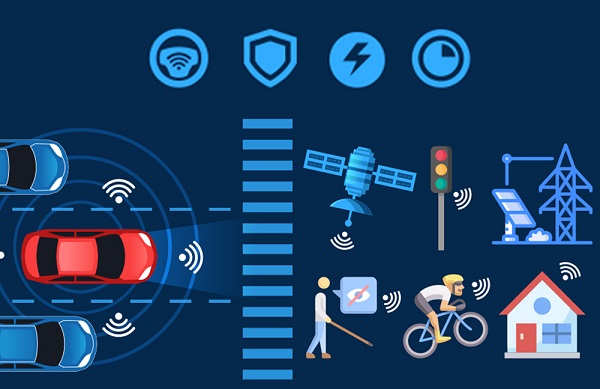Automotive communication protocols are the rules that govern how vehicles communicate with each other and their surroundings.
The most important of these protocols is called Dedicated Short Range Communication (DSRC), also known as 802.11P, which defines the rules for wireless communication between vehicles and different elements of roadside infrastructure like traffic lights and stop signs.
An excellent example of automotive communication protocols is OBD-II, used to diagnose car and truck problems. OBD-II uses multiple communication protocols to send data from your car’s engine control unit (ECU) to your mechanic or dealer’s repair shop.
This article will discuss the different automotive communication protocols and why they’re essential for modern society.
An Example of Frequently Used Automotive Communication Protocols
Automotive communication protocols are used to communicate between a vehicle and its components. These protocols can be written in software or hardware, depending on the type of application and whether it is intended for commercial use.
CAN Bus: How It Works
The Controller Area Network (CAN) protocol is the dominant automotive communication standard. Bosch designed it in 1986, but since then, it has been adopted by all major automakers. The CAN bus supports two-way communication between multiple devices over a single wire.
The CAN bus is made up of nodes and links. Nodes are individual devices on the network that perform specific functions like engine control units (ECUs).
Links are connections between two or more nodes, such as an ECU sending data to an instrument cluster display unit over a CAN bus link. Each node has its unique identifier called a CAN ID number or CAN frame identifier (FID).
Background On the CAN Protocol
CAN is a message-based protocol that controls various vehicle systems, including engine control units (ECUs) and active suspension systems. CAN has been around since the 1980s and has become the de facto standard for automotive communication. It’s used in all modern automobiles, except for some luxury vehicles that use LIN as their primary communication protocol.
The LIN Protocol
LIN is also a message-based protocol, but it was explicitly developed for infotainment systems in luxury cars. It can be found in many vehicles, including trucks and buses. In addition to ECUs and active suspension systems, LIN controls GPS navigation systems and other in-car entertainment equipment.
Why Are the Automotive Communication Protocols Important?
Automotive communication protocols are important because they allow various parts to communicate. If a car has a problem, it can tell you when something is going wrong. When repairing or upgrading a car’s communication systems, it’s important to use high-quality parts that are specifically designed for your vehicle, such as BMW genuine parts.
In addition, these protocols allow for new features and updates to be added over time without having to replace entire systems or take the car into the dealership for service.
The Takeaway
The takeaway is that many protocols and standards are used in the automotive industry. They’re all important, but it can be hard to track them all! If you’re working on an automotive project, research and find out which standards are most relevant to your needs.

